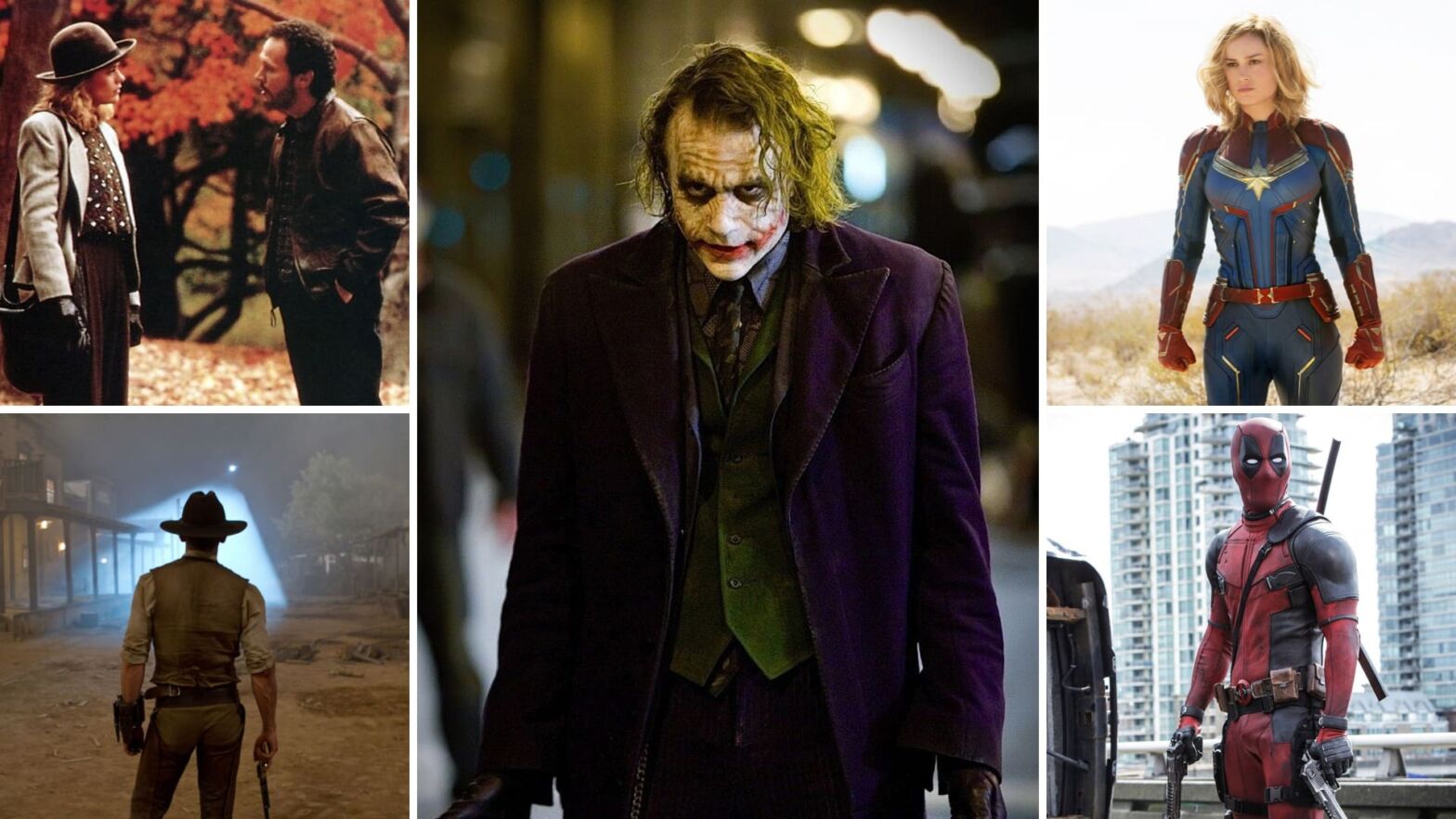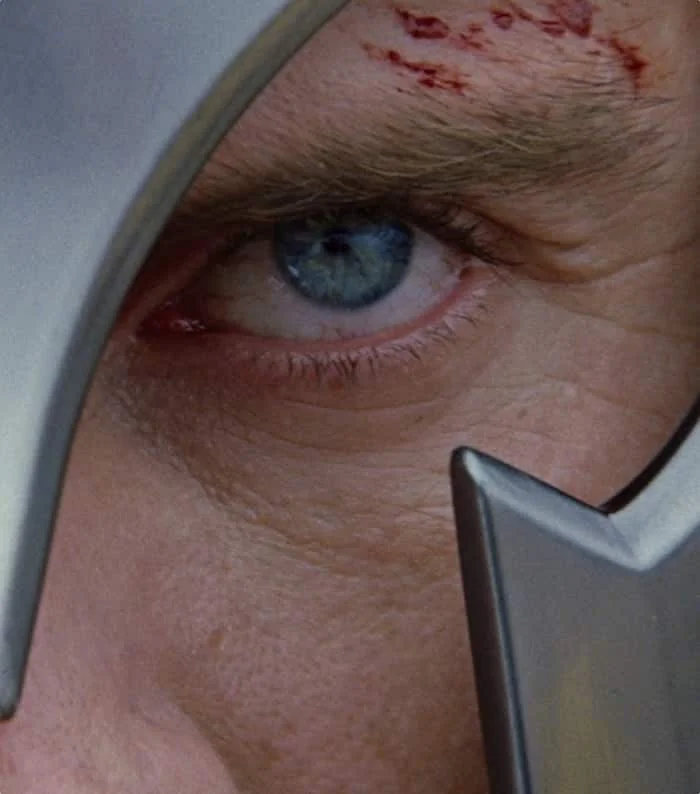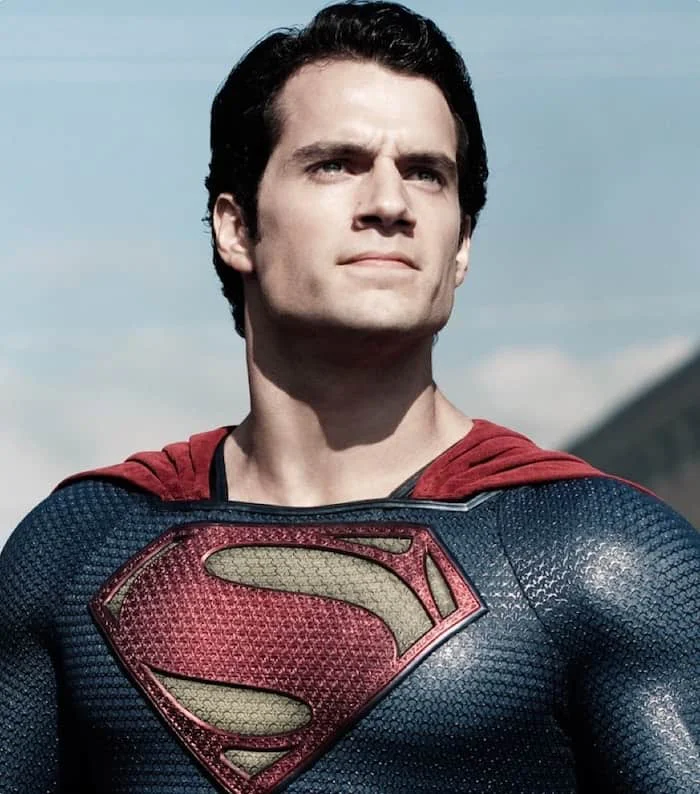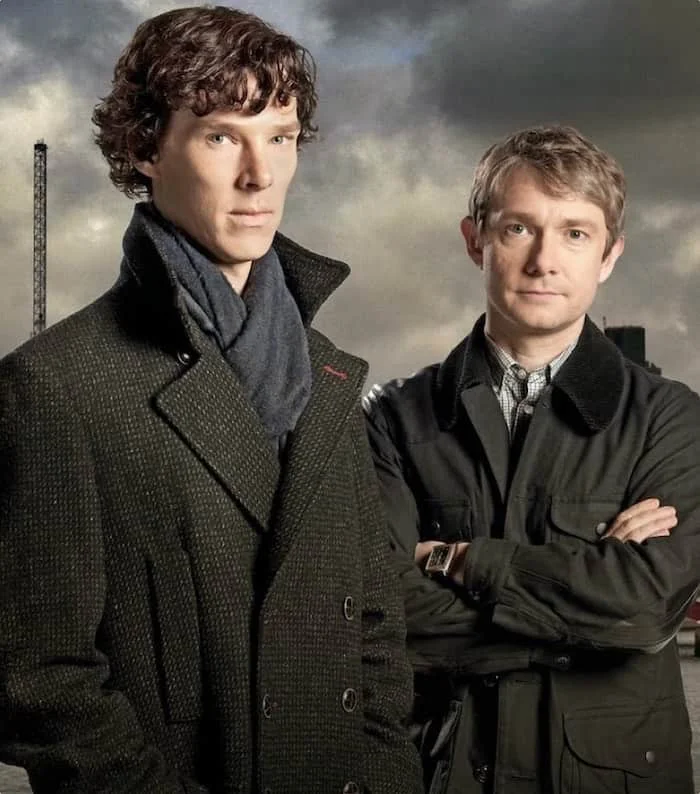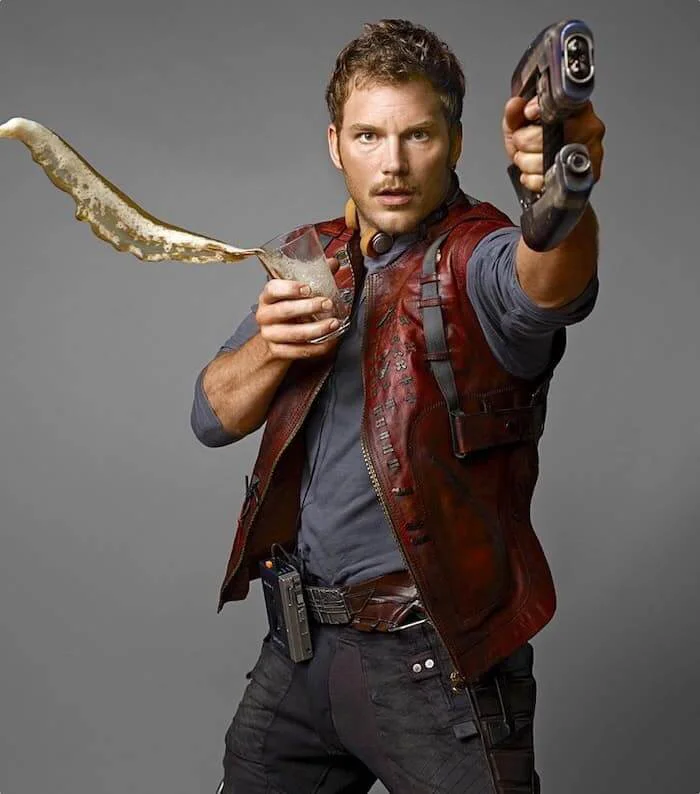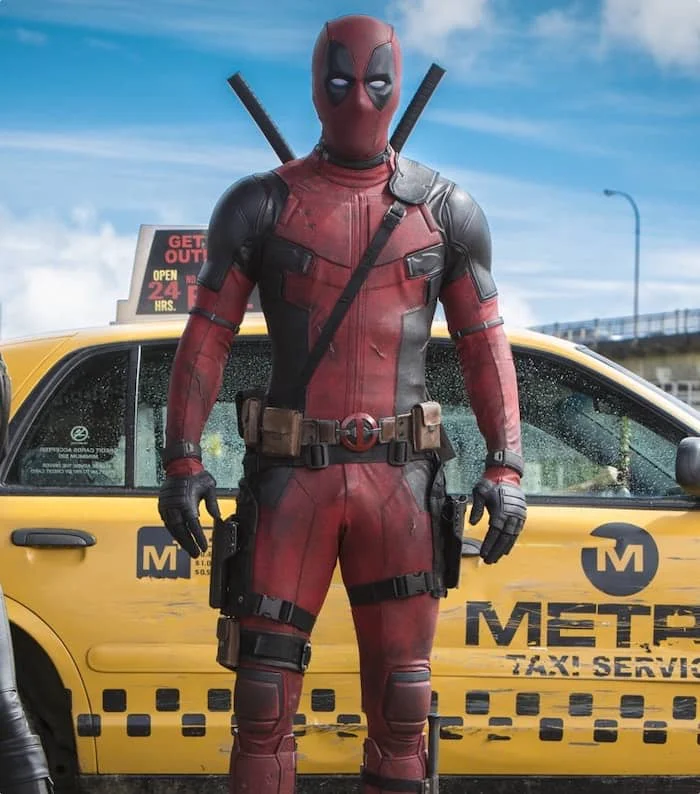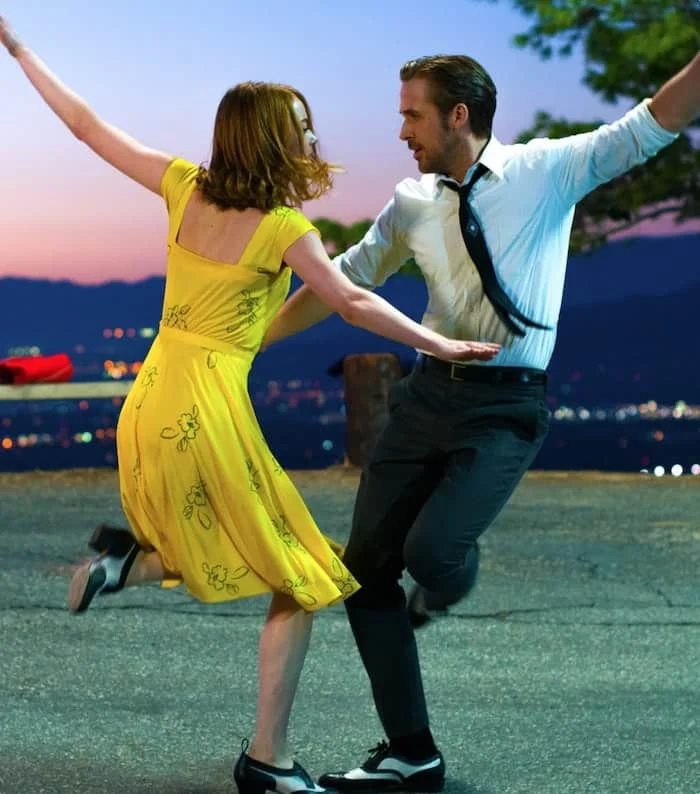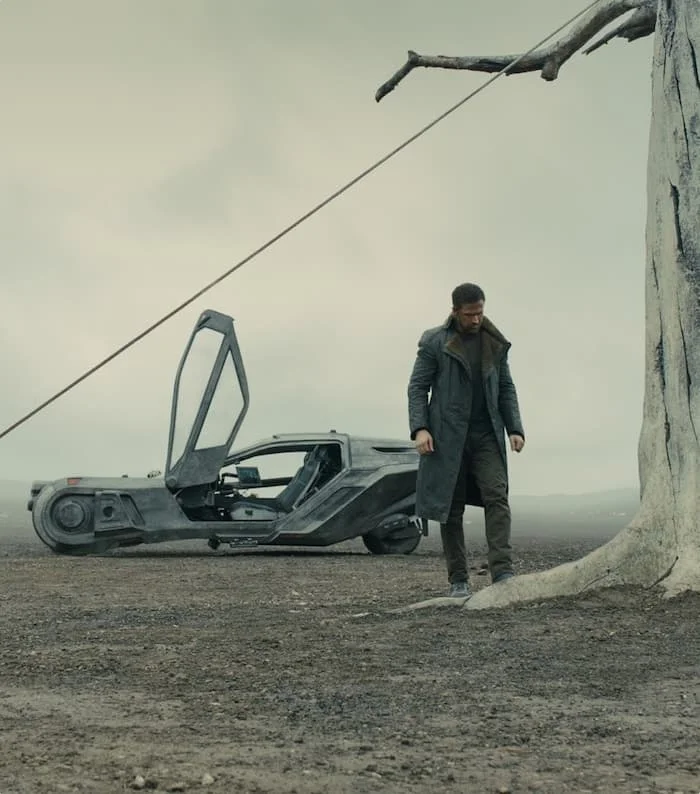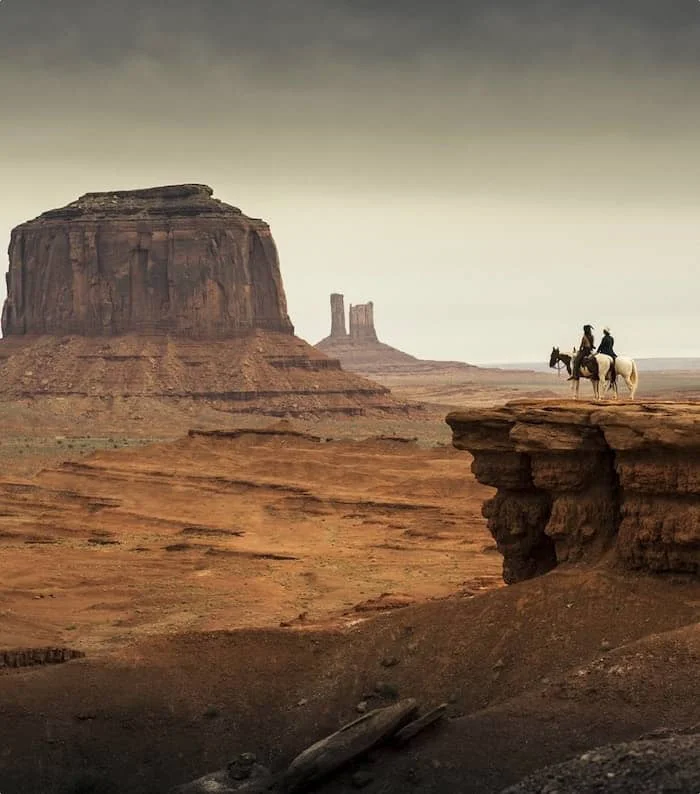In cinematography, there are fundamental shot sizes like the close-up, the medium shot, and the wide shot. But what about everything in between? In this article, we’ll be taking a look at one of those inbetweeners — the medium full shot. While you may not have heard of it you have definitely seen it used in some of your favorite films. What is a medium long shot? Why would filmmakers opt for a medium long shot over a close up or regular medium shot? Let’s find out.
What is a medium long shot?
Definition of medium long shot
The medium long shot may sound confusing, but it is much more simple than one might imagine. It is, however, a very specific shot that frames a character in a specific way. Let’s start by taking a look at the definition of medium long shot before we dive into some uses and examples.
DEFINITION OF MEDIUM LONG SHOT
What is a medium long shot?
A medium long shot, also called medium full shot, is a shot that frames a character around the knees and up. A medium full shot falls between a normal medium shot and a full shot. The medium full shot is also referred to as a medium long shot, ¾ shot or a cowboy shot.
What is a medium long shot used for?
- Capturing emotion and body language
- Framing multiple subjects
- Show character and setting
Medium long shot meaning and function
What is a medium long shot used for?
The medium long shot meaning derives from the use of a normal medium shot and a long shot. Medium shots are one of the most commonly used shot sizes in film because of their ability to capture character and other scene elements.
The medium long shot is a type of medium shot that allows filmmakers to create a frame that is just a bit wider. Check out our analysis of the storytelling value of the medium shot in the video below.
Medium Shot In Film • Subscribe on YouTube
The medium long shot is a shot that is typically used to capture two different shot elements at the same time. Here are a few reasons why a medium full shot should be used.
1. Body Language and Emotion
Medium long shots are close enough that the audience can see a character’s emotions through their facial expressions. However, they are just wide enough for the audience to see the character’s body language and actions.
In this medium long shot example, we can simultaneously see Wonder Woman’s intense facial expression as well as her body language that shows she is ready to fight.
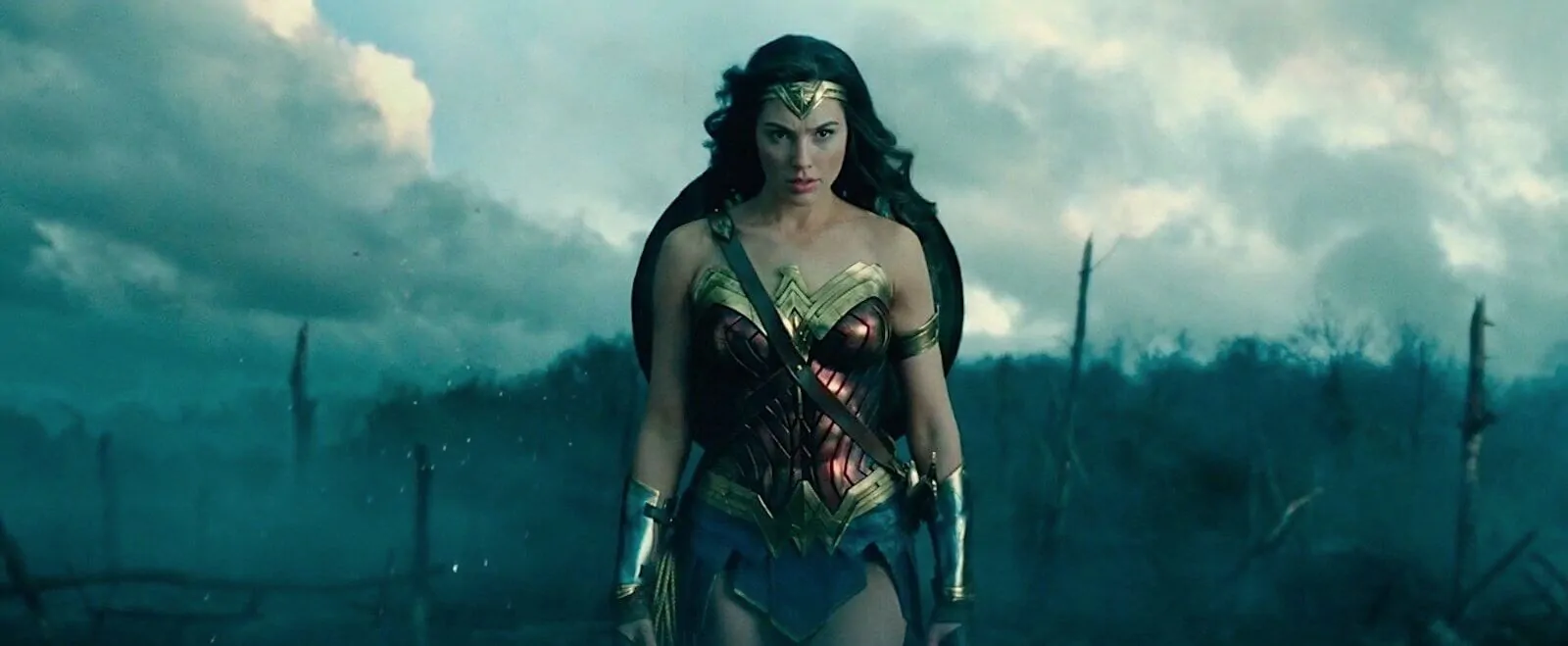
Wonder Woman • Medium long shot example
2. Setting and Character
Another reason why a filmmaker would opt for a medium long shot is to capture both a character and their setting. Sure wide shots can do that as well. But medium long shots are close enough to capture the emotion of a character while also capturing their context.
In Spike Jonze’s Her, Theodore finds himself lonely despite living in a massive city. A medium long shot camera angle is used to capture both his loneliness as well as the city right outside his window.
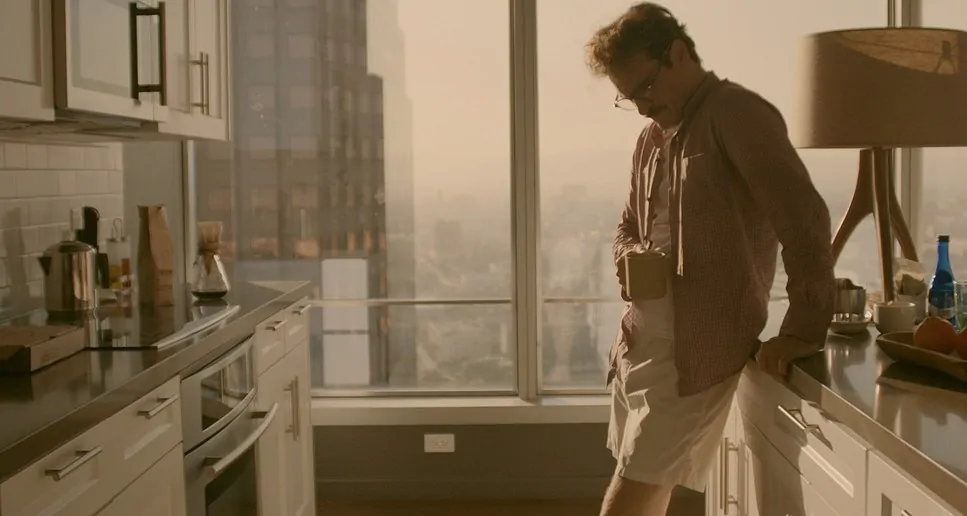
Her • medium long shot example
3. Framing Multiple Characters
Fitting multiple characters in the same frame is not an easy task. But when it is done effectively, it can help the audience see a relationship between two people. Medium long shots work incredibly well for framing multiple characters because they capture so many things at once.
In one medium long shot a filmmaker can capture multiple characters' facial expressions, body language, as well as the setting around them. This can make a simple dialogue scene that much more engaging.
In this scene from When Harry Met Sally, a medium long shot simultaneously captures their emotions, body language, and scenery in one shot.
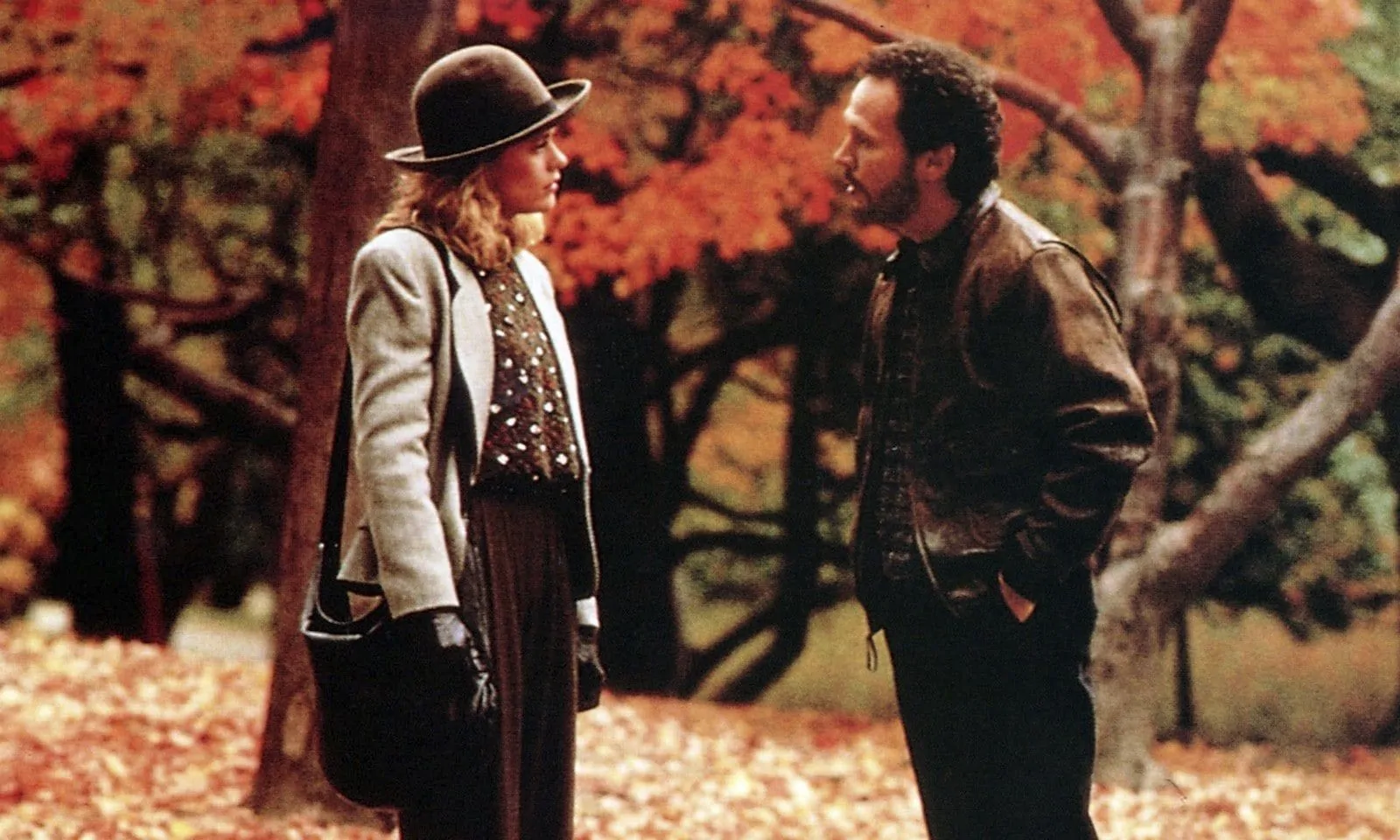
When Harry Met Sally • medium long shot example
These are only a few basic ways a medium long shot can benefit a film. One of the earliest uses of the medium full shot, however, was used for a very specific reason that led to the term “cowboy shot”.
Related Posts
Cowboy medium long shot meaning
The Cowboy Shot
The cowboy shot is one of the original uses of the medium long shot. Back in the era of spaghetti westerns, filmmakers needed to find a way to frame a cowboy in a medium shot to capture their intense facial expressions as well as their gun holster at their waist. So they created a rendition of the medium long shot — the cowboy shot.
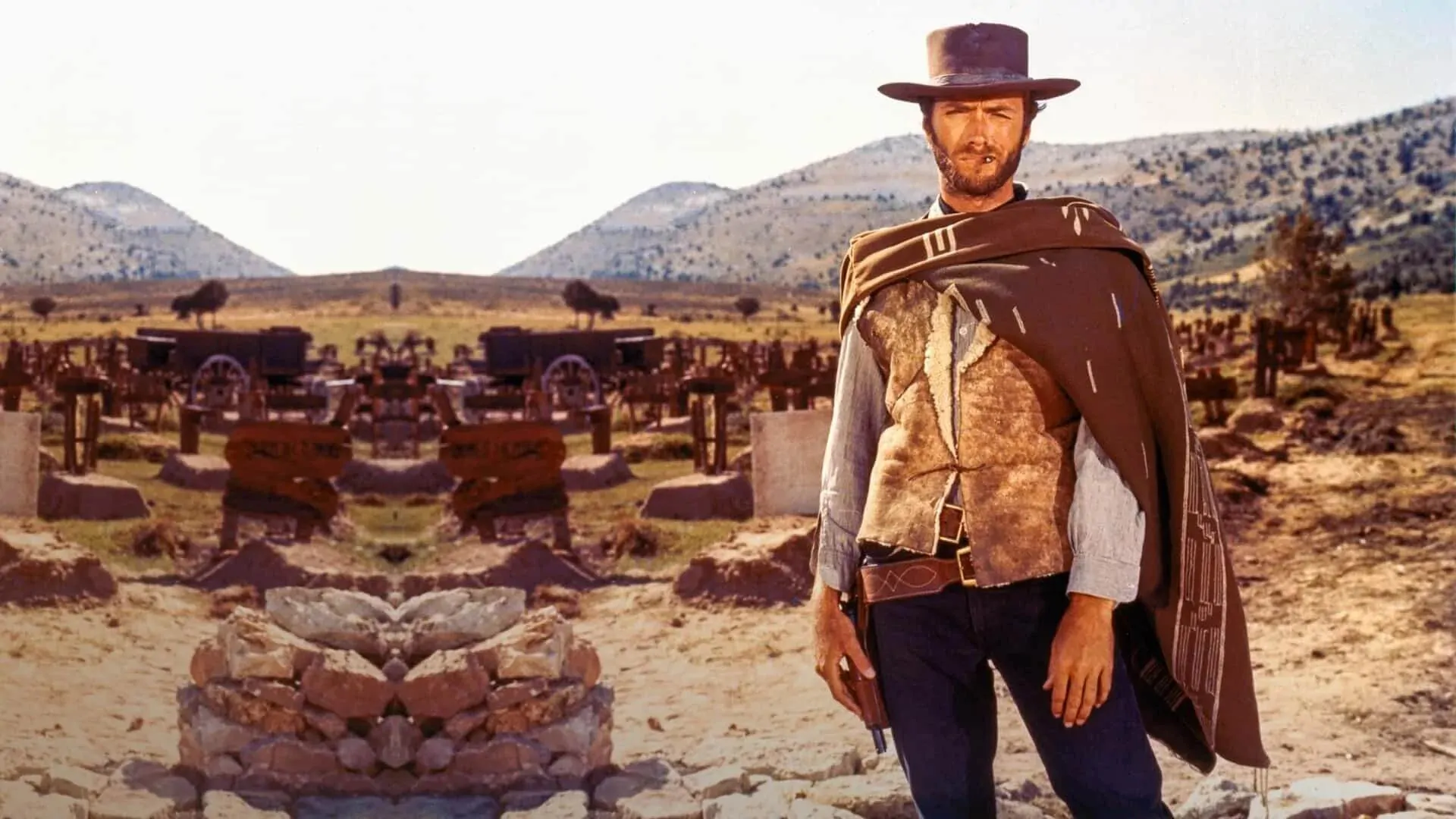
Cowboy shot • medium long shot example
Although the spaghetti western is well past its hay day, the cowboy shot is still used for the same reason in modern westerns, Neo-westerns and action flicks. The cowboy shot can be seen throughout one of Quentin Tarantino’s best films Django Unchained. In this medium full shot example, the shot size allows us to see Django’s gun holster.
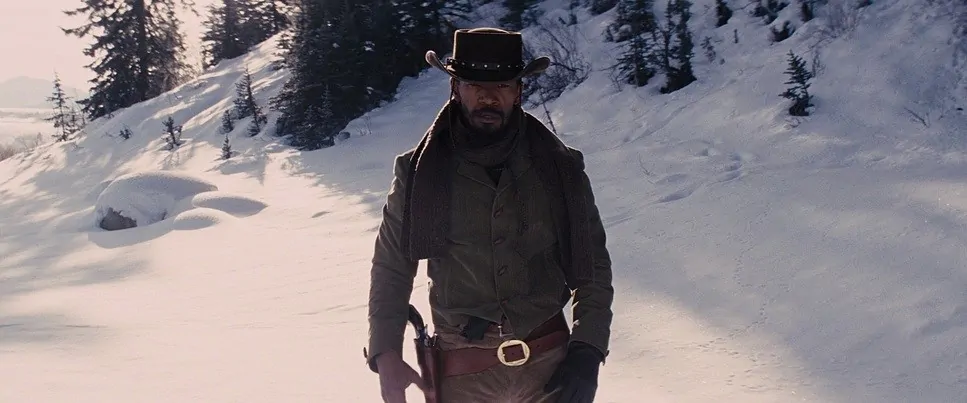
Django Unchained • Medium full shot example
Even the Coen Brothers found use of the cowboy shot in their post-Civil War era anthology film The Ballad of Buster Scruggs. The cowboy shot worked perfectly in this opening shootout scene to capture the same thing it did fifty years ago — gun slingin’ action.
Ballad of Buster Scruggs • Medium full shot example
Despite its value, the medium long shot is very much so a compromise shot. It is a jack of all trades, but master of none. The medium full shot can capture facial expressions, body language, action, and setting all at once. But it does not draw focus on any specific one.
It doesn’t elicit as much emotion as a close-up nor can it capture a draw jobbing setting like a wide shot. That being said, there is a time and a place for the medium long shot that can be found in nearly every film.
Related Posts
Camera Shots
Get Inspired. Explore More Shots.
Master every shot size, and learn how to combine them with angles and movements to take your filmmaking to the next level.
Close Up Shots
Medium Shots
Wide Shots
UP NEXT
Creative Uses of the Medium Shot
Medium shots are the most common shot in cinema for their versatility. They can be used for funny moments, serious moments, or even action sequences. To learn how to use medium shots effectively, take a look at some of the best medium shots in cinema in our next article.
Up Next: Creative Uses of the Medium Shot →
Showcase your vision with elegant shot lists and storyboards.
Create robust and customizable shot lists. Upload images to make storyboards and slideshows.
